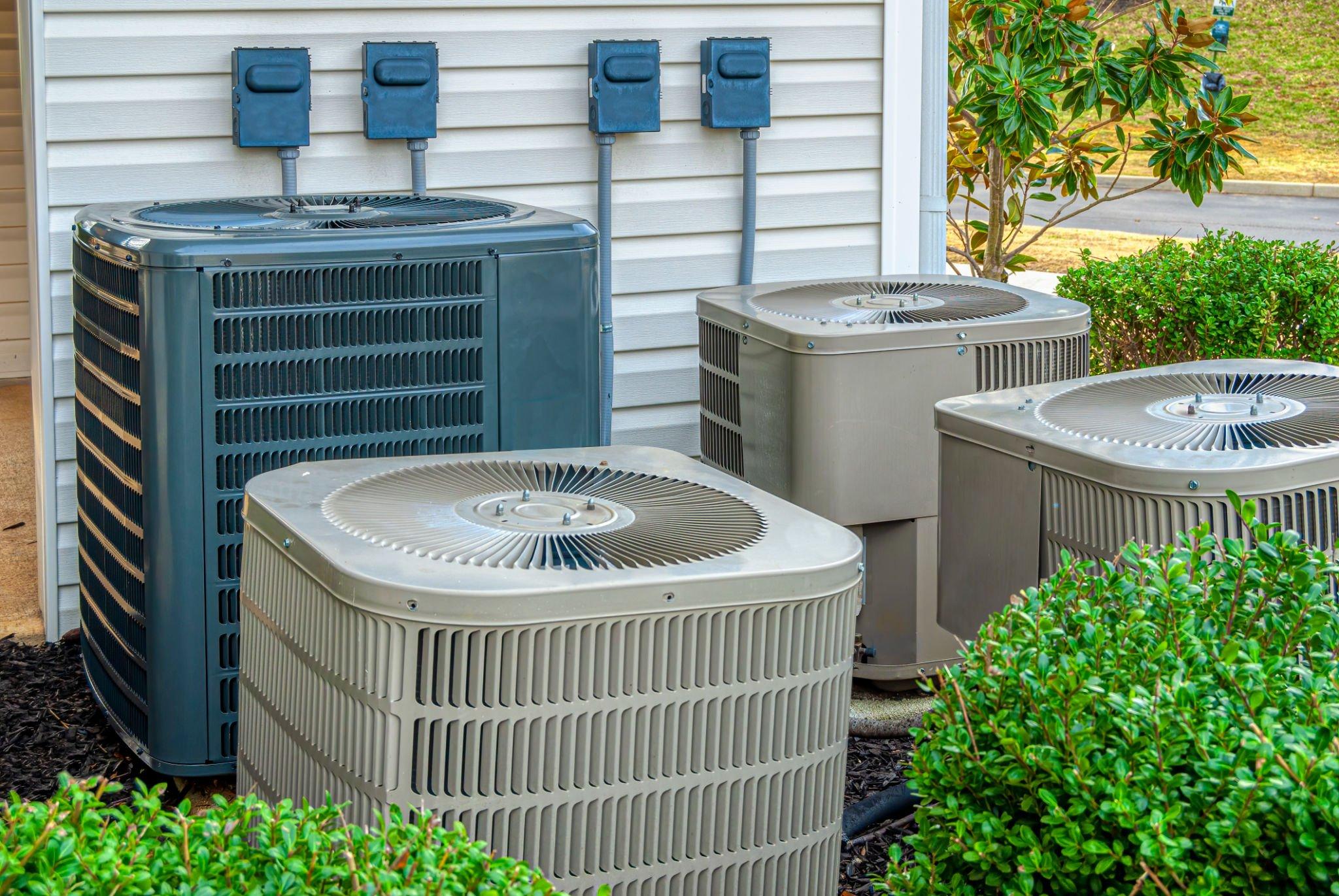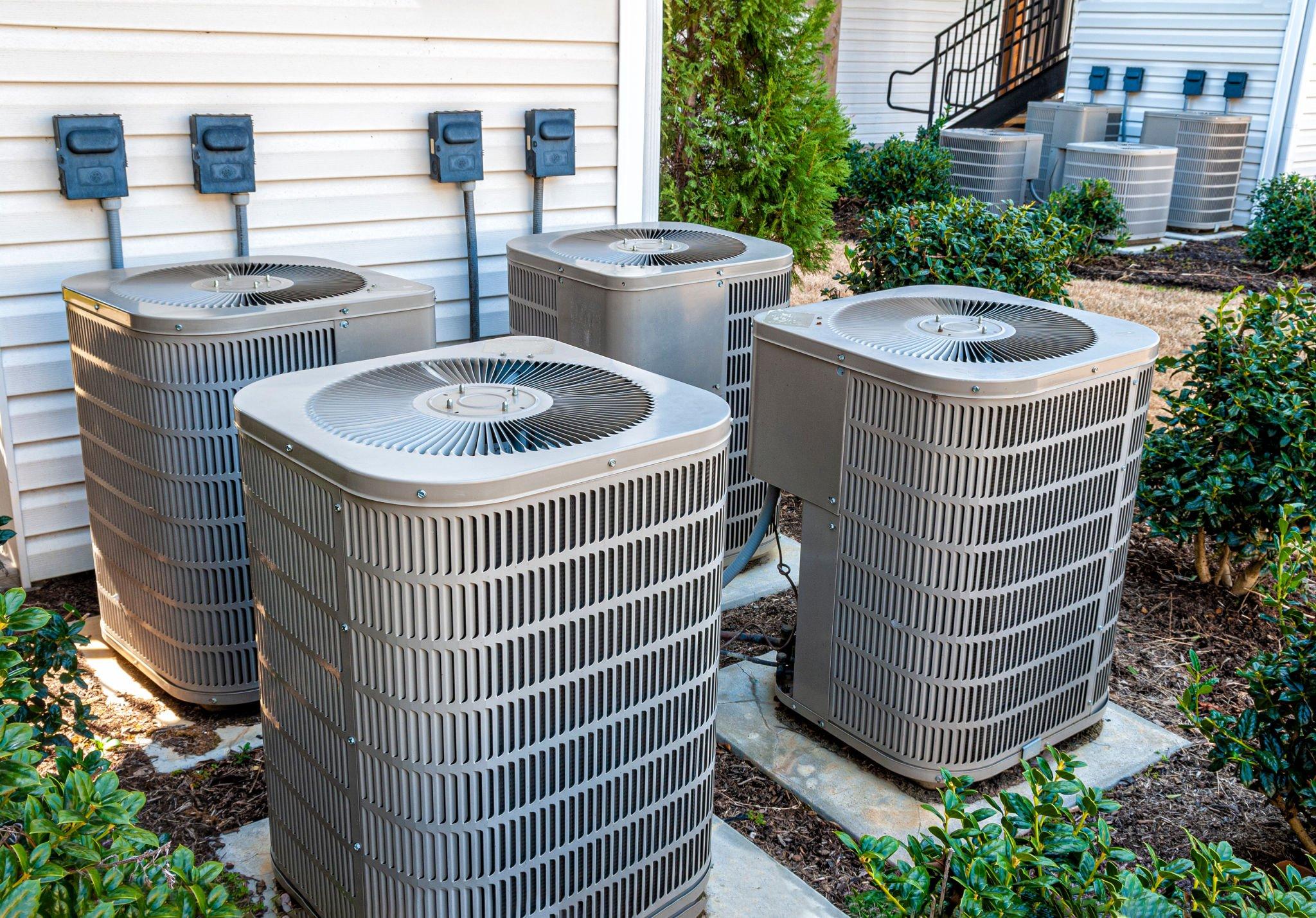If you’re a building owner or facility manager, you know how important it is to keep your HVAC system running efficiently. But did you know that one of the most critical factors that impact your system’s efficiency and performance is proper sizing?

An HVAC system that is too large or too small can result in a host of problems, including higher energy bills, reduced comfort, and poor indoor air quality. In this article, experts at Gustave A. Larson will help us explore the importance of proper HVAC sizing and its impact on comfort, energy efficiency, and indoor air quality.
Understanding HVAC System Sizing
The process of sizing involves calculating the heating and cooling loads for a building and selecting equipment that can meet those loads. A heating load is the amount of heat that a building loses during the winter, while a cooling load is the amount of heat that a building gains during the summer.
To size a system correctly, factors such as the building’s size, layout, insulation, and orientation, as well as the number of occupants and their activities, must be taken into account.
The Problems With an Oversized HVAC System
One of the most common mistakes in HVAC system design is oversizing. An oversized system will have more capacity than necessary to meet the heating and cooling needs of the building, which can lead to several problems.
Firstly, an oversized one will consume more energy than necessary, leading to higher energy bills. Secondly, an oversized system will cycle on and off more frequently, which can result in uneven temperature distribution, reduced comfort, and higher wear and tear on the equipment.
Lastly, an oversized system may not remove humidity from the indoor air effectively, leading to moisture problems and potential mold growth.
The Problems With an Undersized HVAC System

On the other hand, an undersized system will struggle to keep up with the heating and cooling demands of the building.
This can result in the system running constantly, higher energy bills, and reduced indoor air quality due to insufficient ventilation. It may also fail prematurely due to overwork, leading to costly repairs or replacement.
Read also: External Home Renovation Suggestions to Increase the Particular Curb Appeal of Your Property
Benefits of Properly Sized HVAC Systems
A properly sized HVAC system has several benefits, including:
- Energy efficiency: A system that is sized correctly will operate efficiently and consume less energy, resulting in lower energy bills.
- Comfort: A properly sized HVAC system will maintain a consistent indoor temperature and humidity level, resulting in greater comfort for occupants.
- Indoor air quality: A properly sized HVAC system will provide adequate ventilation and air circulation, which can improve indoor air quality and reduce the risk of indoor pollutants and allergens.
- Longevity: An HVAC system that is sized correctly will operate efficiently and experience less wear and tear, resulting in a longer lifespan and fewer repairs.
How to Ensure Proper HVAC System Sizing

To ensure proper sizing, it’s essential to work with a qualified HVAC contractor who can perform a load calculation to determine the appropriate size and capacity of the system.
A load calculation takes into account the building’s size, layout, insulation, and orientation, as well as the number of occupants and their activities. The contractor will also consider local climate data to ensure that the system can handle the outdoor temperature extremes.
The Importance of Regular HVAC System Maintenance
In addition to proper sizing, regular maintenance is crucial for ensuring optimal performance and energy efficiency. Neglecting maintenance can lead to reduced airflow, dirty filters, and other issues that can compromise system efficiency and result in higher energy bills.
Routine maintenance, including regular filter changes, coil cleaning, and system inspections, can help ensure that your HVAC system operates efficiently and lasts longer.


